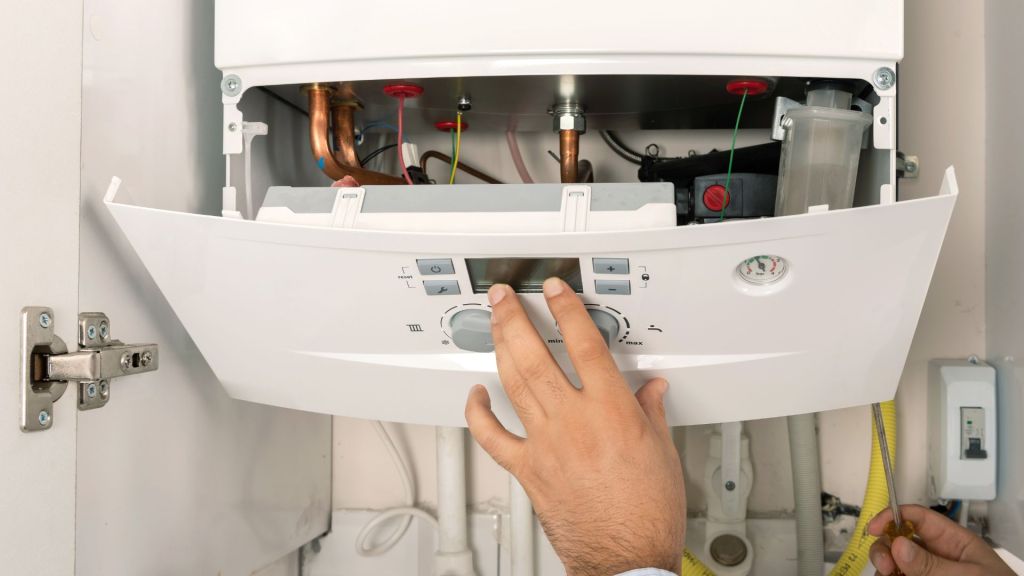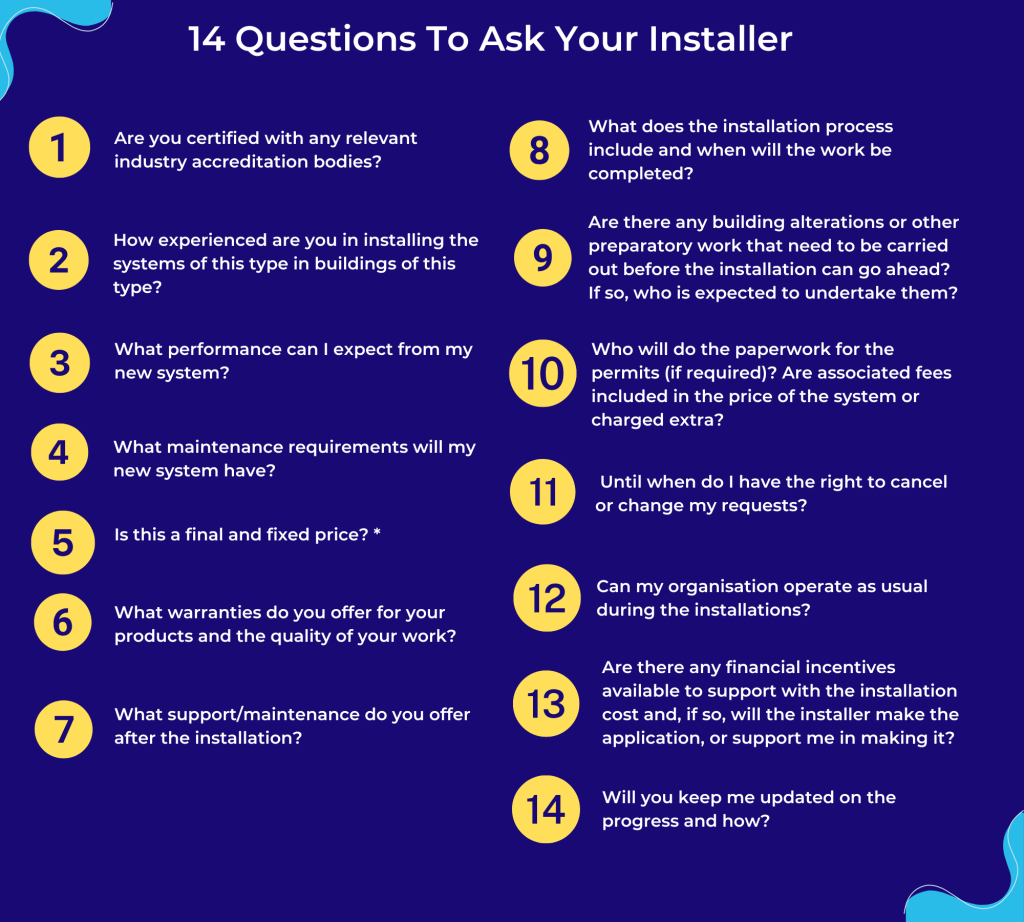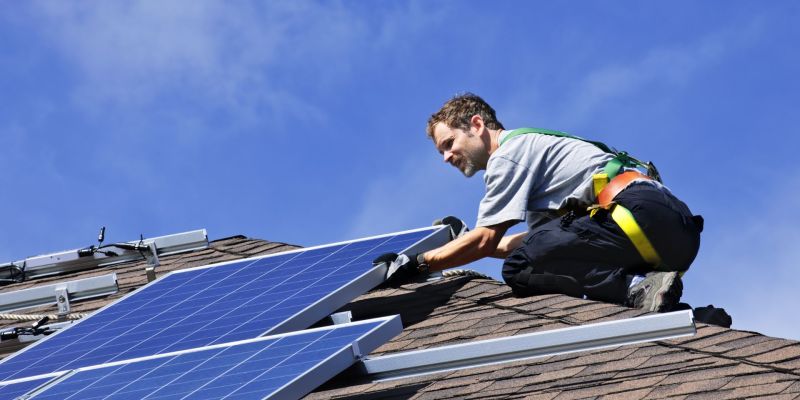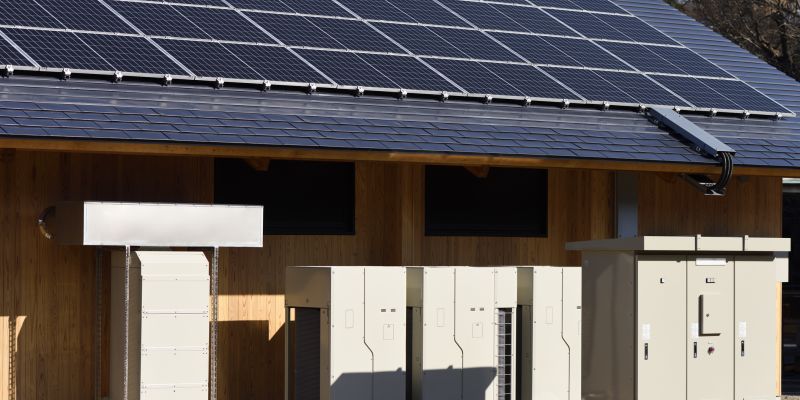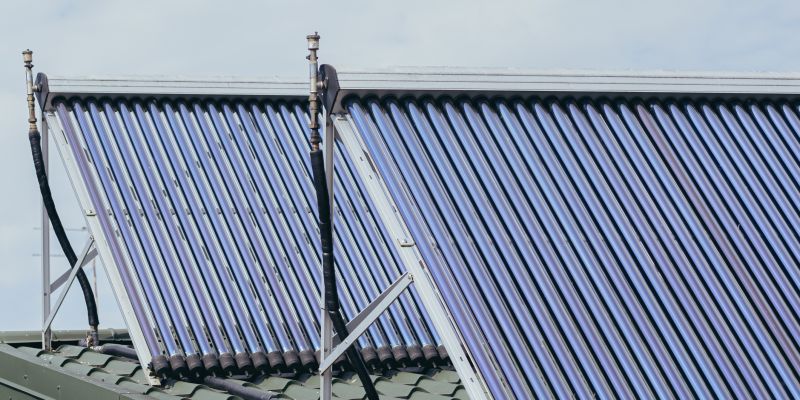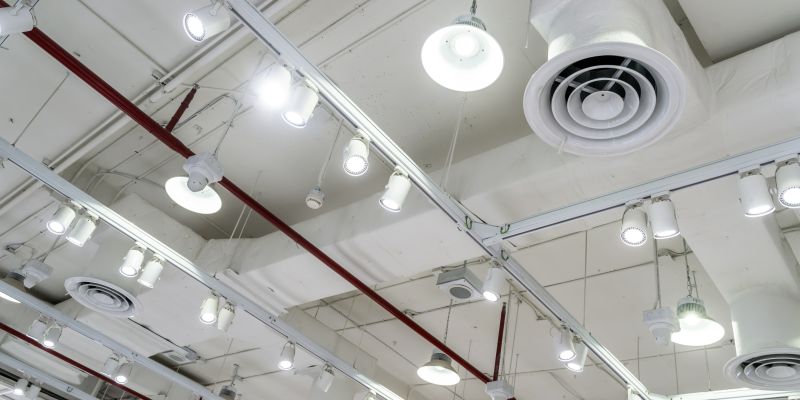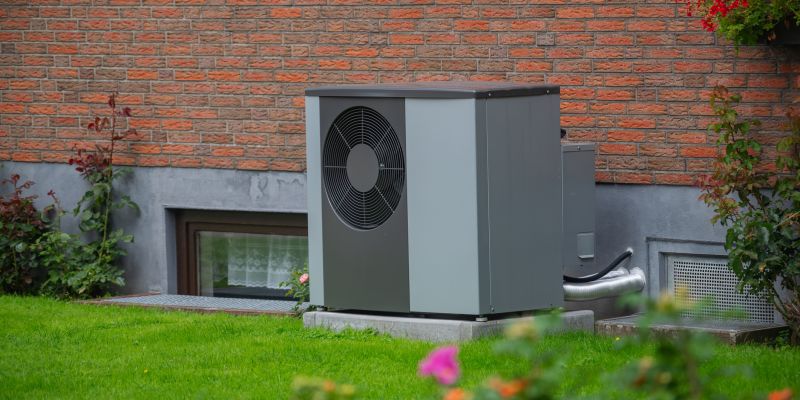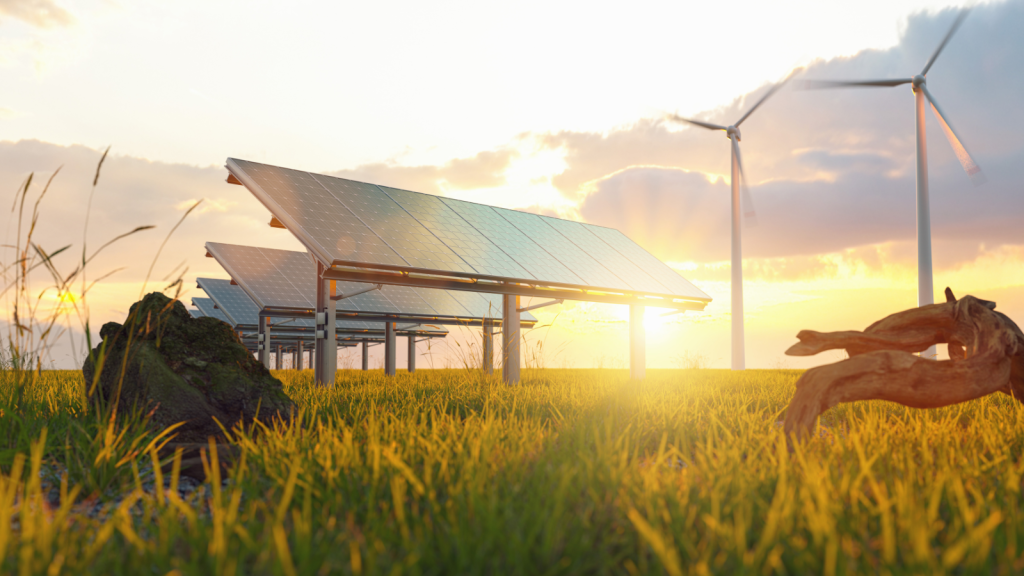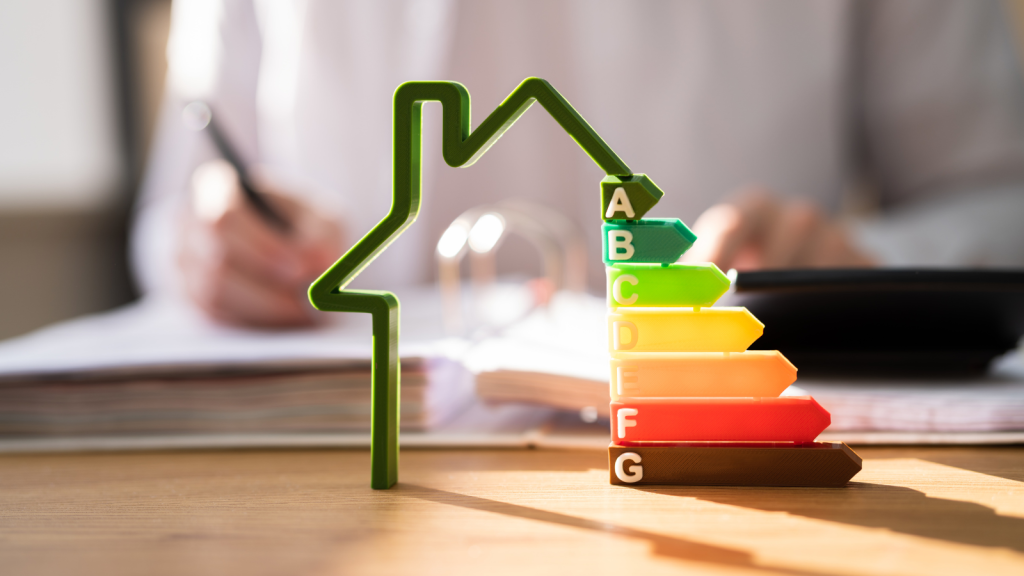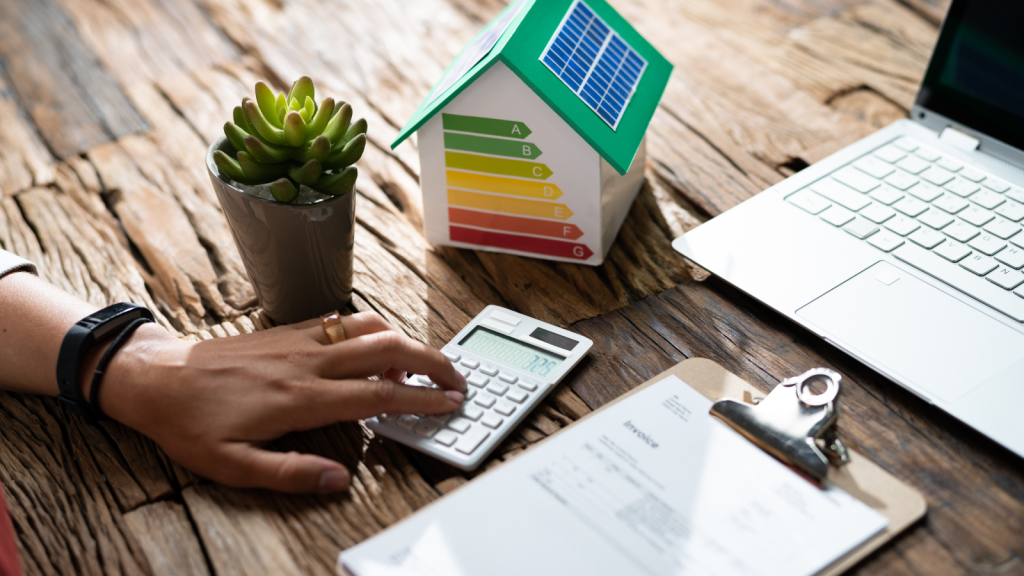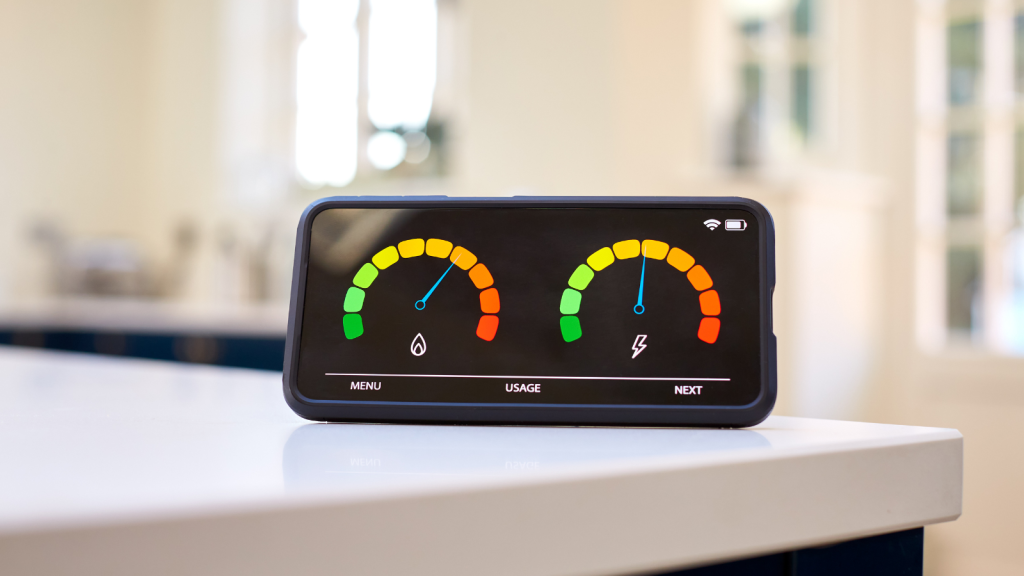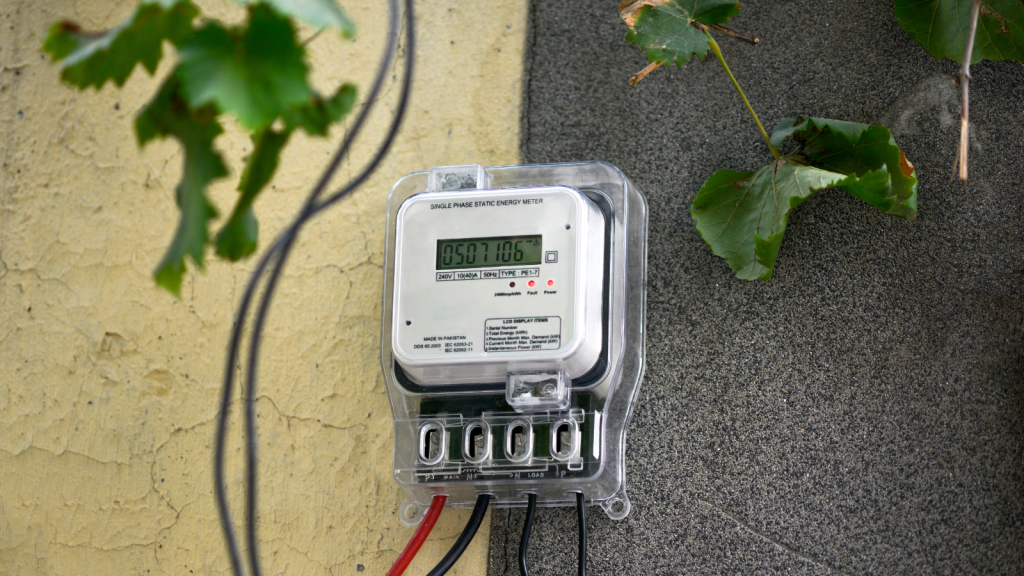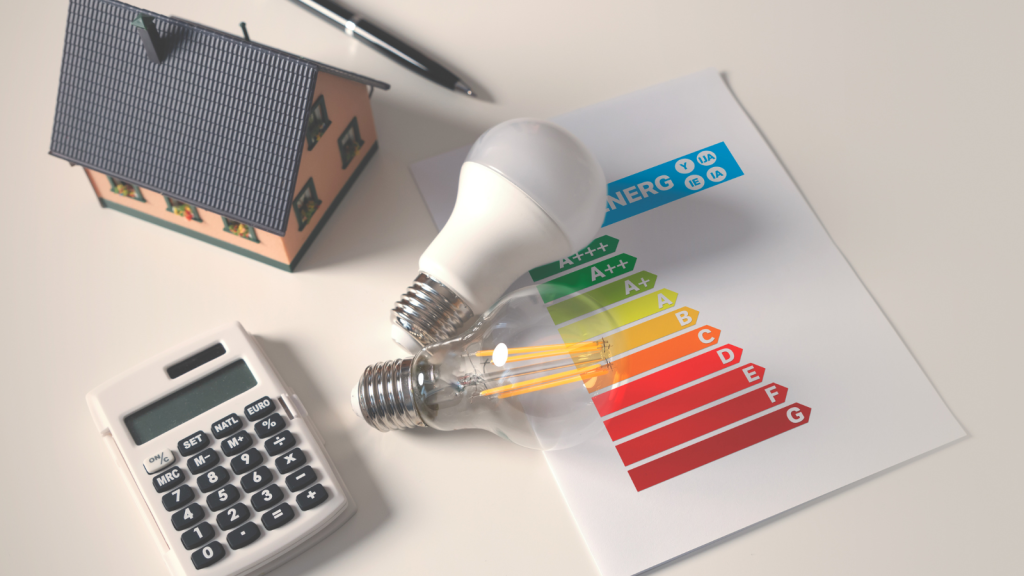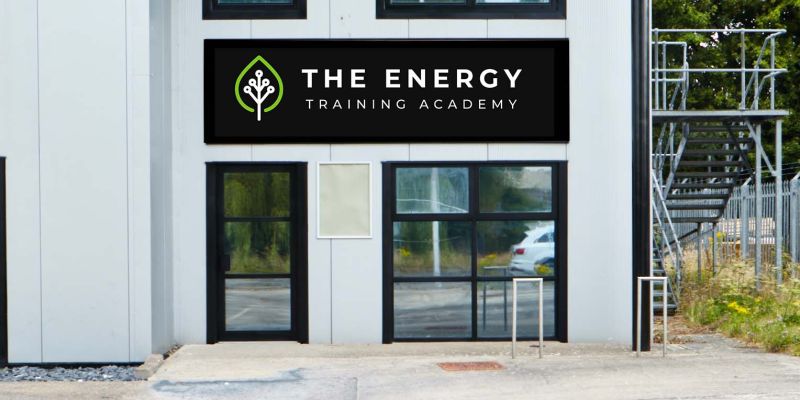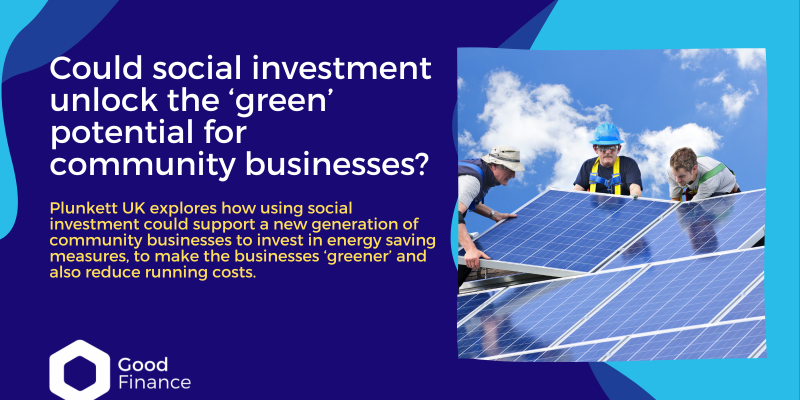Choosing the right installer

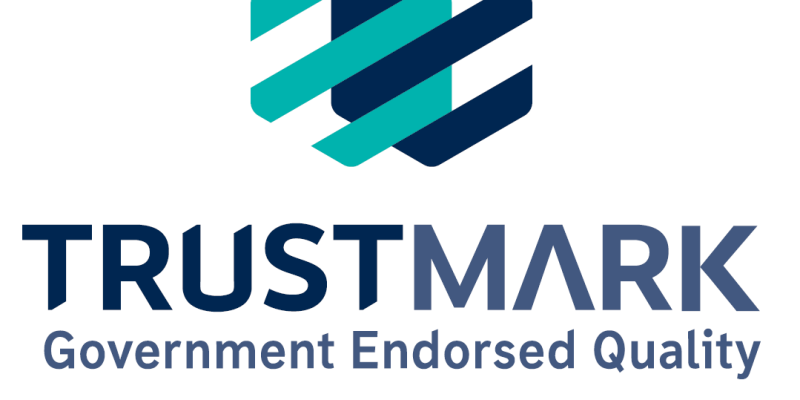
TrustMark is the only UK Government-Endorsed Quality Scheme for improvements carried out in and around a property. Since 2005, they have been working to help drive-up standards across the industry and improve the protection offered to customers when having work done. TrustMark help customers find tradespeople who are skilled, trained and competent to carry out the work needed.
Technologies: Solar PV, battery storage, solar thermal, heat pumps, heating controls, lighting, wall and roof insulation.
Locations covered: All of the UK.
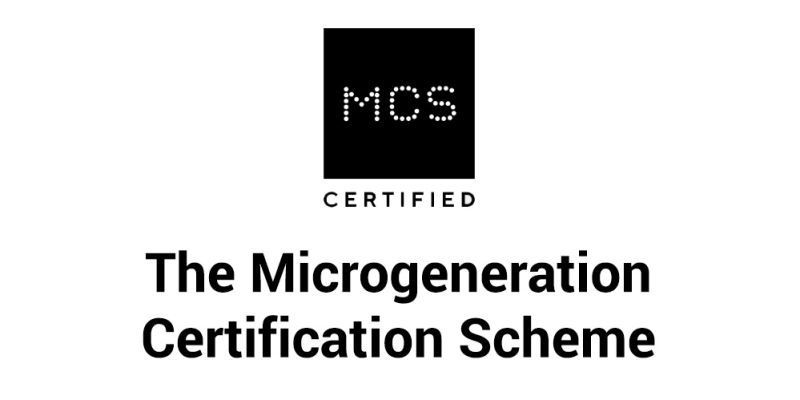
MCS is a standards organisation, a mark of quality. They certify low-carbon products and installations used to produce electricity and heat from renewable sources. In addition, they create and maintain standards that allow for the certification of products, installers and their installations. Using an MCS-certified installer ensures that equipment meets good standards of performance and that installers are technically safe and competent. Certification is available for electrical systems up to 50kW and heating systems up to 45kW, but you could opt to use an MCS registered installer for installations larger than this.
Technologies covered: Solar PV, battery storage, solar thermal, heat pumps.
Locations covered: All of the UK.


